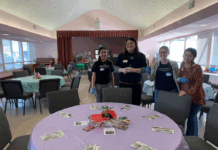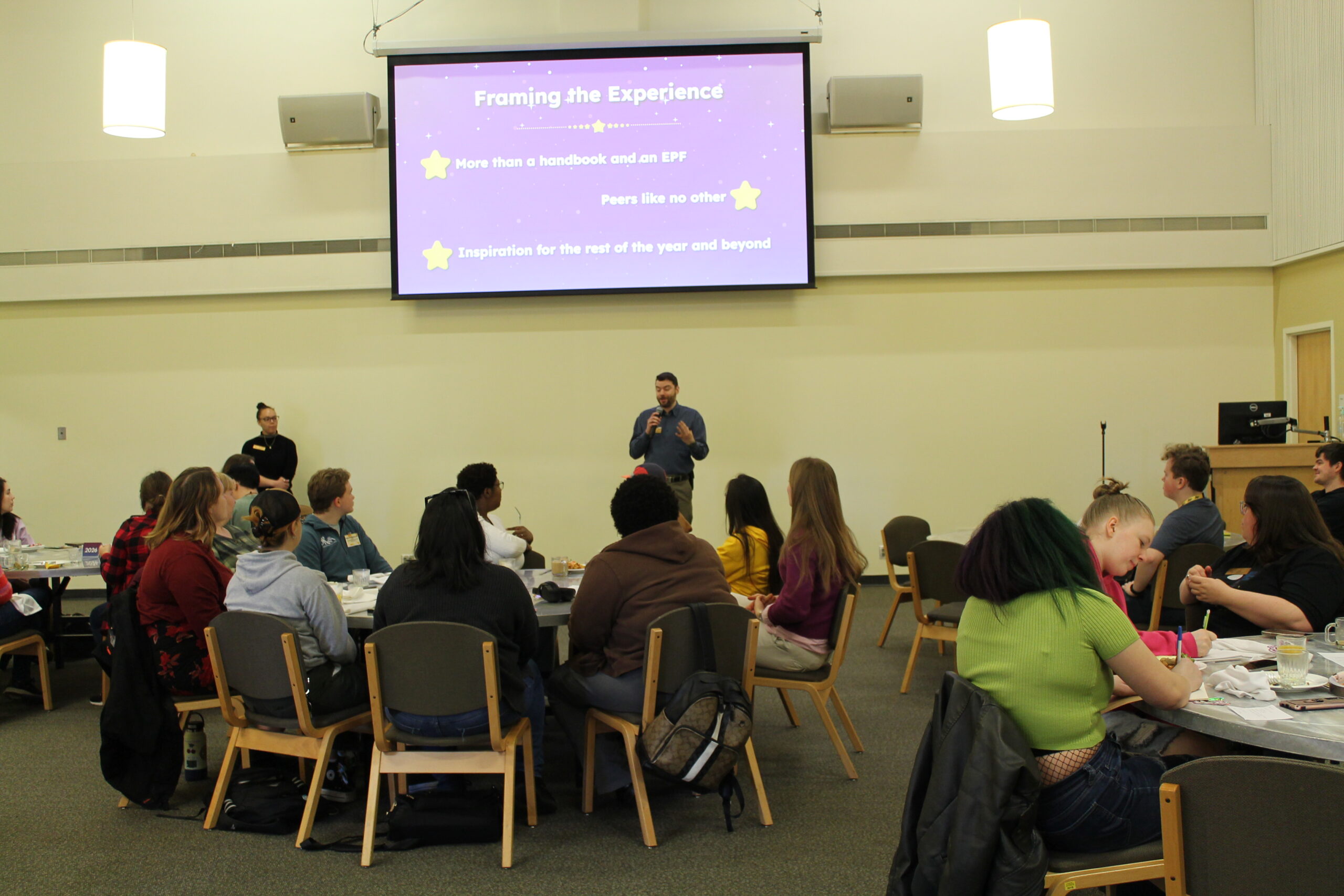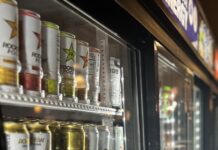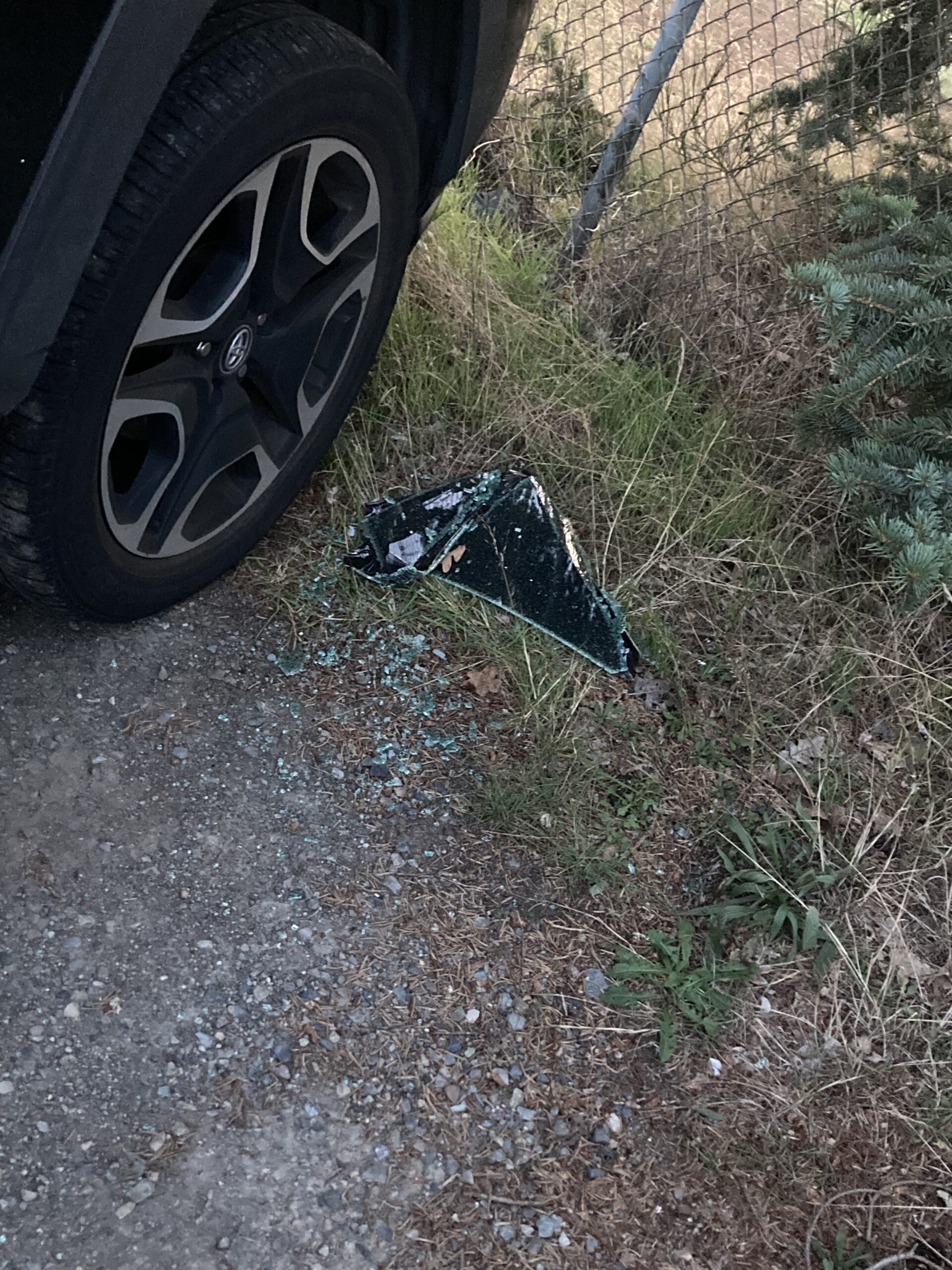Lets Talk Trash
Nick Lorax Sustainability lead (staff)
As the sustainability lead at Pacific Lutheran University, Nick Lorax paints a garbage-filled picture and explains what students could do to help contribute to a waste-free campus.
The Pacific Lutheran University community boasts a waste diversion rate of 68-72 percent by weight, which is the percent of material we successfully divert from the landfill in a given period of time. This is far above the national average of 34.1 percent.
But we have a long way to go. The PLU Climate Action Plan, published in 2010, calls for our campus to be carbon neutral and waste free by 2020.
So if everyone out there is already recycling, some might wonder how we are going to get from 70 percent to a more than 90 percent diversion rate in the next seven years.
Start with the easy stuff. Many paper products can go in the recycling or compost — that cardboard coffee cup, paper towels, napkins from your lunch, this copy of The Mooring Mast, your old daily planner even. If it is paper, put it in the recycling.
Additionally, any plastic that you can stretch, referred to as ‘plastic film,’ can go in the recycling as well. Other recyclables include Styrofoam packaging and packing peanuts, CDs and DVDs, batteries and anything metal, as well as untreated and unpainted wood, mattresses and ripped, torn or soiled furniture. Even clothes in good repair can be recycled.
Lastly, all food products are compostable. A huge portion of the landfill waste that leaves our campus is compostable, organic food waste. Stay tuned for my next article on compost for further details.
If we could sort all our garbage perfectly on campus, I am pretty confident we could get up in the 90 percent waste diversion range, but that still is not a waste free campus.
While I am asking you to take the time to actually get your recycling in the right container, I am also asking all of us to make smarter consumer choices.
There is no excuse for food vendors to still be using Styrofoam containers. If you go out to eat, ask for a cardboard container ‘to go’ or, bring your own container for leftovers like my partner has insisted we do.
Bring your own reusable coffee mug. We drink a lot of coffee on campus but that does not mean we have to use a lot of paper cups. While it is true the paper cups are recyclable, the most sustainable cup is the one that is never manufactured in the first place.
Lastly, don’t buy garbage in the first place. For example, a nice wooden desk is beautiful, durable, easily repaired and can be resold when it no longer fits your needs.
Conversely, cheap ‘box store’ furniture is made with particle board, easily damaged, impossible to repair, held together by glues made of volatile organic compounds and is impossible to recycle. That means it must be sent to the landfill when it gets chipped or wet.
As consumers, we have a lot of power. Each dollar we spend is a vote either for a disposable culture or an enduring community. Think critically about even the most mundane of the decisions you make, as each and every action we take shapes the reality of our shared future.

















